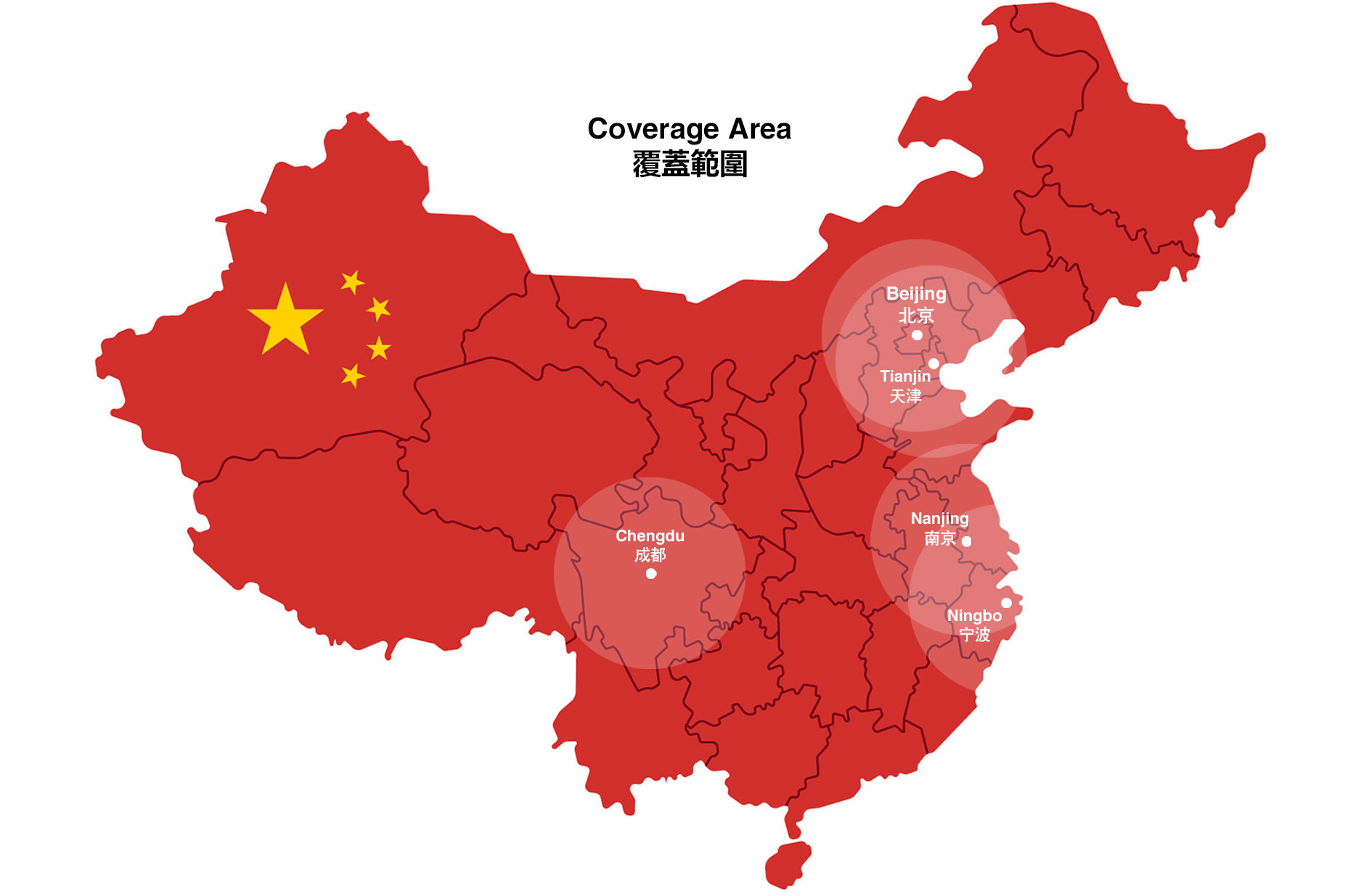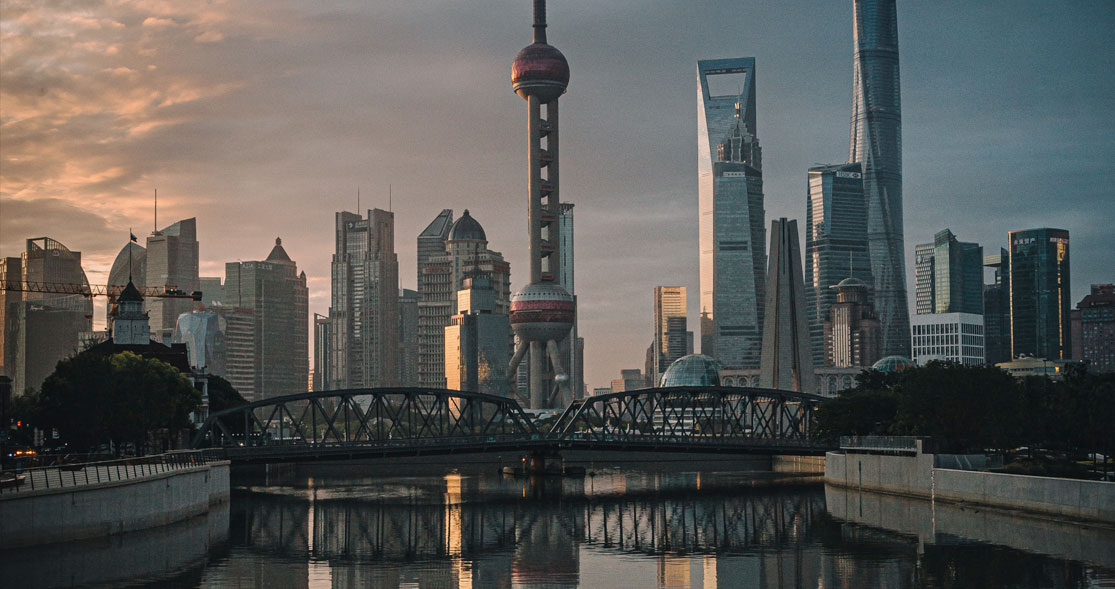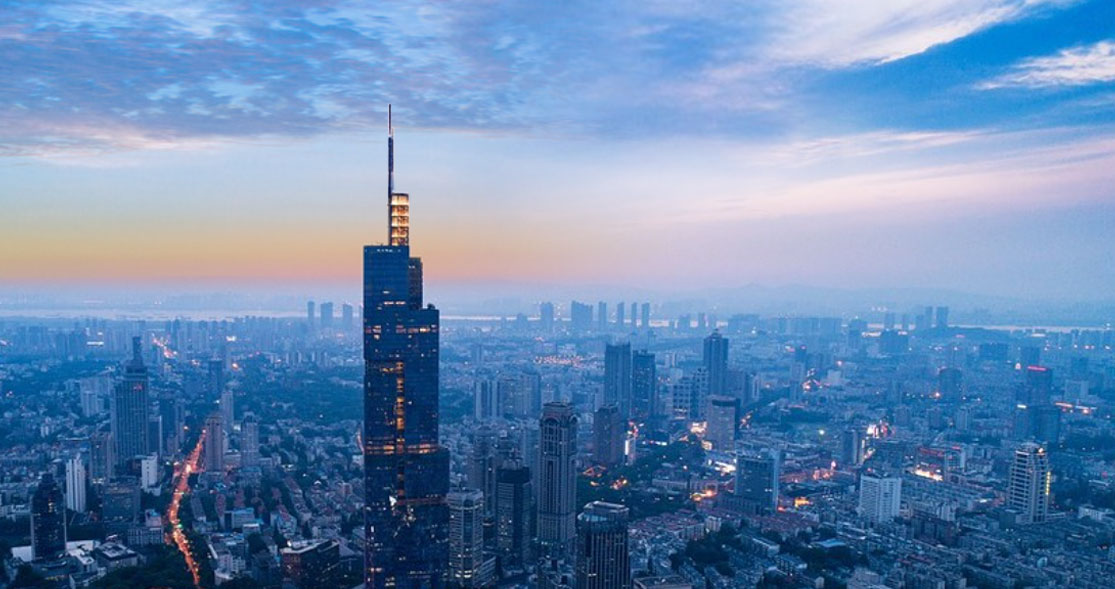We help you get in-touch with people.
我们极力为客户对接更多群众。
Location Overview
位置概览

Overview of Huangpu District Lujiazui, Shanghai
上海黄浦区陆家嘴概览

Huangpu District is one of the major traffic hubs in Shanghai. The Metro Line 1 and Metro Line 2 converge at the People’s Park Station in the district.
- Total Economic Output (2005)
- The economy kept its rapid and continuous growth, with an added value of RMB 11.047 billion.
- The fiscal revenue increased to a total of RMB 8.329 billion.
Fixed Assets Investment
- Completed the fixed assets investment of RMB 11.138 billion, up 20.7% from the previous year.
- Real estate investment of RMB 5.126 billion, down 26.2% from the previous year.
- Construction and reconstruction investment of RMB 6.012 billion, up 163.3% from the previous year.
Business
- Realized an added-value in business (including catering) of RMB 4.130 billion, up 12.6% from the previous year.
- Business (including catering) sales revenue of RMB 51.655 billion, up 36.7% from the previous year.
Real Estate
- Realized an added-value in real estate of RMB 1.51 billion, up 2.5% from the previous year.
Tourism
- Received 1,167,100 tourists from home and abroad, up 27.3% from the previous year.
Employment
- The total employment in the district stands at 157,000 with an average annual personal income of 26,256 yuan.
- Lujiazui is located in the Pudong New Area at the eastern bank of Huangpu River.
- Popular tourist attractions and other important locations in Lujiazui include: Oriental Pearl Tower, Jin Mao Building, Bank of China Tower.
- Lujiazui can be reached by taking Shanghai Metro Line 2 to Lujiazui station.
- 经济总量 (2005)
- 经济总量持续快速增长,实现增加值110.47亿元。
- 财政收入增势良好,全区财政收入83.29亿元。
- 完成固定资产投资111.38亿元,比上年增长20.7%。
- 房地产开发投资51.26亿元,比上年下降26.2%。
- 建设和改造投资60.12亿元,比上年增长163.3%。
- 实现商业(含餐饮业)增加值 41.30亿元,比上年增长12.6 %。
- 商业(含餐饮业)销售(营业)收入 516.55亿元,比上年增长 36.7%。
- 实现房地产业增加值 15.1亿元,比上年增长2.5%。
- 接待国内外旅游者116.71万人次,比上年增长27.3%。
- 全区从业人员为15.7万人,全区职工年平均工资26256元。
- 陆家嘴位于黄浦江东岸的浦东新区内。
- 陆家嘴内著名的旅游景点和其它标志性建筑包括:东方明珠塔, 金茂大厦, 中银大厦
- 乘坐上海地铁2号线在陆家嘴站下车,即可达到陆家嘴。
Overview of Nanjing
南京概览

In 2005, Nanjing ranked as the sixth largest city in China, with a population of 8.2 million. Its GDP is the third largest in Jiangsu province, with a total value of RMB 241.3 million. Administratively, Nanjing consists of 11 districts and spans two counties, In 2006, Nanjing’s gross industrial output totaled RMB 4,695.33, and its total import and export value was USD 31.535 billion, with financial revenue of RMB 603.91. In 2006, the per capita annual income of Nanjing region residents averaged RMB 12,505.05, and the per capita annual income in the city was RMB 19,194.62.
Tourism – In 2004, the total tourism revenue of Nanjing was RMB 32 billion. There are 113 star-grade hotels (8 five-star hotels among them) and over 300 travel agencies in Nanjing.
Roads – There are over 60 national highways and provincial highways connecting Nanjing with other regions of China.
Aviation – Lukou International Airport is located 35.8 kilometers away from the city center.
Water Transport – Nanjing Port is the second biggest estuary of Jiangsu province.
Economy – The busiest commercial regions of Nanjing city include: Xinjiekou, Shanxi Road, South Taiping Road, etc.
Financial- Leading industrial enterprises :
- Panda Electronics
- Yangtze Petrochemical
- Jinling Petrochemical
- Yuejin Motor
- Jiangnan Novel Optics
Public Transport in City – There are over 170 bus routes in Nanjing city, connecting all parts of the main districts of the city, to 2050, there will be 10 subway lines in Nanjing, with a total length of 433 kilometers. Nanjing is the sixth city in China possessing subway system after Beijing, Shanghai, Tianjin, Guangzhou and Shenzhen.
2005年南京市于中国排名第6位,人口占8.2百万,而国内生产总值占江苏省第3位,总值2, 413亿。南京包括11个市辖区和2个县,在2006年,规模以工业总产值4695.33,进出口总值315.35亿美元,财政收入603.91。2006年南京地区居民人均工薪收入为12505.05元,城市居民家庭人均总收入为19194.62元。
旅游 – 2004年南京旅游总收入320亿元,旅游星级饭店113家,五星级宾馆8家,旅行社300余家。
公路 – 南京有60多条国道和省道连接中国其它区域。
航空 – 禄口国际机场距南京市中心35.8公里。
水运 – 南京港是江苏省第二大河口。
经济 – 南京的繁华商业区包括:新街口,山西路,太平南路等。
财政 – 著名企业 :
- 熊猫电子
- 扬子石化
- 金陵石化
- 跃进汽车
- 江南光电
市内公共运输 – 南京市公交,有170多条线路通达城市主城区所有部分,到2050年南京市,将有10条地铁线,共433公里。继北京、上海、天津、广州、深圳之后,中国内地第六个拥有地铁的城市。
